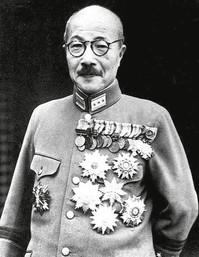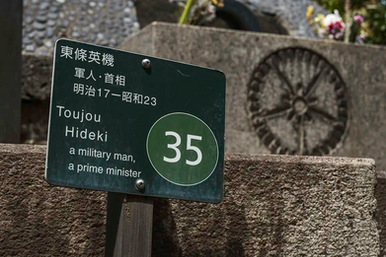Off the Beaten Path Tokyo: Zoshigaya
- Kristine Ohkubo

- Oct 22
- 3 min read
When people outside of Japan think of Tokyo, they often envision the bustling Tokyo Metropolis, which was formerly known as Edo. This metropolis is not only the capital of Japan but also its most populous city, drawing millions of visitors and residents alike. However, few truly understand the expansive concept of the Greater Tokyo Area, a vast metropolitan region that encompasses Tokyo itself and extends into parts of six neighboring prefectures. This area collectively boasts an astonishing population of approximately 41 million residents as of last year, making it the most populous metropolitan area in the world.
Delving deeper into the structure of Tokyo Metropolis, we find that it consists of 23 special wards, which form the core of the former Tokyo City. These wards operate with a high degree of autonomy, each functioning almost like an individual city with its own mayor and city council. Beyond these wards, the larger Tokyo Metropolis also includes 26 other cities, one district, and four subprefectures, in addition to the picturesque Izu and Ogasawara Islands, which are known for their stunning natural beauty and unique ecosystems. The sheer size and complexity of Tokyo Metropolis are often underappreciated, and it is this vastness that contributes to the city's dynamic character and diverse attractions.
Are you starting to grasp its vastness? The scale of Tokyo is not just about numbers; it is about the rich tapestry of experiences and sights that the city offers. Most tourists visiting Tokyo without fully understanding its scale typically see a few major sites featured in travel guides and websites, missing out on some intriguing parts of the city that lie just beyond the well-trodden paths. One such hidden gem is Zoshigaya, a charming neighborhood nestled within one of Tokyo's 23 special wards that often eludes the notice of many travelers. This quiet district is steeped in history and boasts charming streets lined with local treasures, providing a glimpse into the more traditional aspects of Tokyo life.
The Zoshigaya district, situated in Toshima City, is conveniently located just ten minutes by car from one of Tokyo’s major commercial and entertainment hubs, Ikebukuro. Unlike many other parts of the city, Zoshigaya was spared the destruction that befell much of Tokyo during World War II, allowing it to retain several interesting historical sites that reflect the area's heritage. The neighborhood is characterized by its peaceful ambiance, making it a perfect escape from the frenetic pace of the city.

One of the notable sites in Zoshigaya is Kishimojin Omotesando, a picturesque narrow street that is gracefully lined with zelkova trees, some of which are centuries old. This serene pathway leads visitors to Zoshigaya Kishimojindo, a revered Buddhist temple dedicated to the deity of safe childbirth and childrearing. The goddess Kishimojin, who was originally a demoness named Hariti, plays a significant role in Buddhist mythology. Her transformation into a protector of children and families came after the Buddha hid her youngest son, leading her to renounce her malevolent ways. Today, she is celebrated for granting blessings for safe childbirth, easy delivery, and the health and well-being of children, making this temple a place of pilgrimage for many families.

As visitors stroll along the street, they will find off to the right the Namiki House, a two-story apartment building that has been designated as a registered tangible cultural property. Constructed in 1953, this building showcases a fascinating blend of architectural styles, featuring a western-style front that contrasts with its traditional Japanese-style back. The structure underwent extensive restoration in 2008, preserving its historical significance.

Adding to the cultural richness of Zoshigaya, the legendary manga artist Tezuka Osamu, often referred to as the "God of Manga" and likened to Walt Disney for his profound impact on the world of animation and comics, resided in Namiki House for three years starting in 1954.

Another unexpected but worthwhile destination for tourists is the Zoshigaya Cemetery, which is situated on elevated ground that was once used for falconry before being converted into a cemetery in 1874. The expansive grounds of the cemetery contain over 7,000 graves, including a section designated as a foreign cemetery. Among the notable individuals buried here are Nakahama "John" Manjiro, the first Japanese person to live in the United States, the esteemed novelist Natsume Soseki, the writer Koizumi Yakumo (known in the West as Lafcadio Hearn), Ogino Ginko, recognized as the first licensed female physician in Japan, and the infamous Class-A war criminal Tojo Hideki. Many of these famous graves are marked with small green nameplates that display the person's name in Roman letters, providing visitors with a unique opportunity to connect with Japan's rich history and its influential figures.































Comments